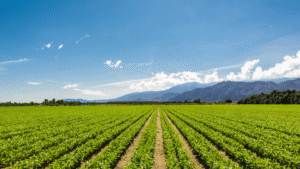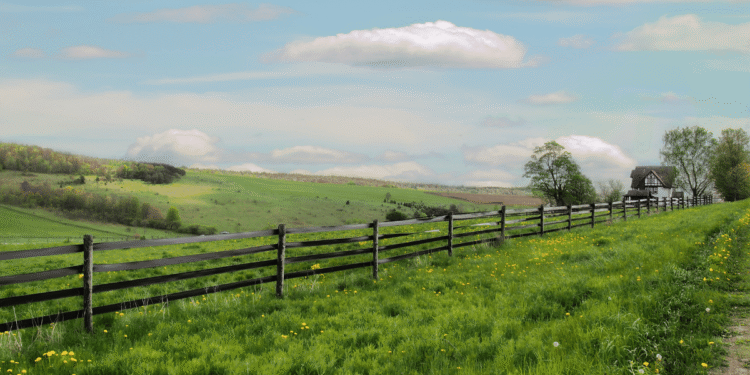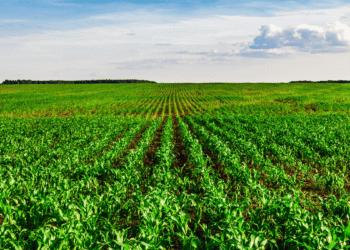The European Commission adopted a comprehensive new Biodiversity Strategy and a Farm to Fork Strategy on May 20th to bring nature back into people’s lives and to create a fair, healthy, and ecologically sustainable food system. Both methods complement one another, bringing nature, farmers, businesses, and consumers together to strive toward a competitively sustainable future.
This is a significant political victory, as it places organic farming at the heart of the new European vision for sustainable food systems, and it will help persuade national governments to offer enough support for organic development on a national level. The IFOAM EU issued a statement praising the decision.
“The market for organic food is projected to continue rising, and organic farming has to be further pushed,” according to the F2F materials. It contributes to biodiversity, produces jobs, and attracts young farmers. Consumers are aware of its worth.
The legislative structure encourages this form of farming, but more needs to be done, and analogous shifts in the oceans and inland waters are required. In addition to CAP measures such as eco-schemes, investments, and advisory services, and measures under the Common Fisheries Policy (CFP), the Commission will propose an Organic Farming Action Plan.
This will aid the Member States in increasing both organic product supply and demand. Through advertising activities and green public procurement, it will ensure customer trust and stimulate demand. This strategy will assist the EU to achieve its goal of organic farming covering at least 25% of its agricultural area by 2030, as well as a major rise in organic aquaculture.”
What It Aspires?
The new Biodiversity Strategy addresses important drivers of biodiversity loss, such as unsustainable land and sea use, natural resource overexploitation, pollution, and invasive alien species.

The policy, which was adopted in the midst of the COVID-19 epidemic, is a key component of the EU’s recovery plan, as it is critical for avoiding and developing resilience to future outbreaks, as well as providing urgent commercial and investment possibilities to help the EU’s economy recover. It also aspires to make biodiversity a key component of the EU’s overall economic growth strategy.
What It Aims?
The Farm to Fork strategy lays forth specific goals for transforming the EU’s food system, such as:
- By 2030, 25 percent of agricultural land will be organically farmed.
2. Reduce the use and risk of chemical pesticides by half by 2030.
3. Reduce the usage of more harmful pesticides by 50% by 2030.

4. Reduce nutrient losses by at least 50% while guaranteeing that soil fertility is not harmed.
5. By 2030, reduce fertilizer use by at least 20%.
6. By 2030, antimicrobial sales for farmed animals and aquaculture will be cut in half.
The strategy proposes, among other things, setting binding targets for restoring damaged ecosystems and rivers, improving the health of EU protected habitats and species, reintroducing pollinators to agricultural land, reducing pollution, greening our cities, promoting organic farming and other biodiversity-friendly farming practices, and improving the health of European forests.
The strategy proposes tangible ways to put Europe’s biodiversity on the road to recovery by 2030, including converting at least 30% of Europe’s lands and oceans into successfully managed protected areas and reintroducing high-diversity landscape elements to at least 10% of agricultural land.
Also read: Red Ladyfinger Is The New Superfood










